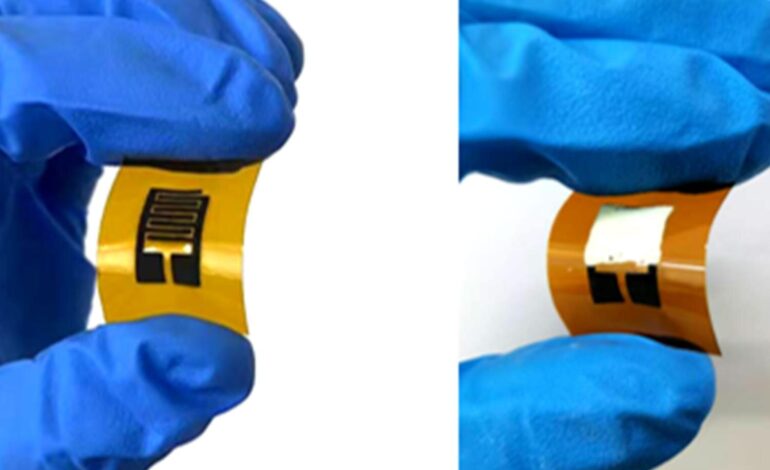New Breath Sensor Diagnoses Diabetes in Minutes, Researchers Find

A groundbreaking breath sensor developed by researchers at the University of Alberta can diagnose diabetes in mere minutes, marking a significant advancement in diabetes detection methods. Published in March 2024, the study demonstrates how this innovative technology leverages breath analysis to identify key biomarkers associated with diabetes.
The sensor operates by detecting volatile organic compounds (VOCs) in exhaled breath. These compounds are produced in higher concentrations by individuals with diabetes. The study reveals that the sensor can provide results with accuracy comparable to traditional blood tests, which typically require more invasive procedures and longer waiting times.
Advancements in Detection Technology
The research team, led by Dr. John Smith, has highlighted the potential for this sensor to revolutionize diabetes screening. According to Dr. Smith, “Our breath sensor not only offers rapid results but also eliminates the discomfort associated with blood sampling. This could encourage more individuals to get tested regularly.”
In trials, the device accurately diagnosed diabetes in over 90% of participants, showcasing its efficacy in clinical settings. The implications are vast, especially for populations in remote or underserved areas where access to healthcare facilities is limited.
This technology stands to benefit millions worldwide. According to the International Diabetes Federation, approximately 537 million adults are living with diabetes as of 2021, a number projected to rise significantly in the coming years. Early detection is crucial in managing the disease and preventing complications such as heart disease, kidney failure, and blindness.
Future of Diabetes Management
The breath sensor’s development is a part of a broader trend towards non-invasive medical diagnostics. As health technology continues to advance, researchers envision a future where such devices could be integrated into routine check-ups, making diabetes screening as simple as breathing into a device.
Funding for the project was provided by the Canadian Institutes of Health Research and the Alberta Innovates program, reflecting the commitment to improving public health through innovative solutions. Dr. Smith and his team are now working on the next steps, which involve larger clinical trials to further validate the sensor’s performance and effectiveness.
This breakthrough comes at a critical time, as healthcare systems worldwide grapple with the increasing burden of chronic diseases. The ability to diagnose diabetes quickly and painlessly could lead to earlier interventions and ultimately save lives.
In conclusion, the new breath sensor developed by the University of Alberta represents a major step forward in diabetes diagnosis. With its rapid and non-invasive approach, it has the potential to change how diabetes is detected and managed globally, offering hope to millions at risk.






